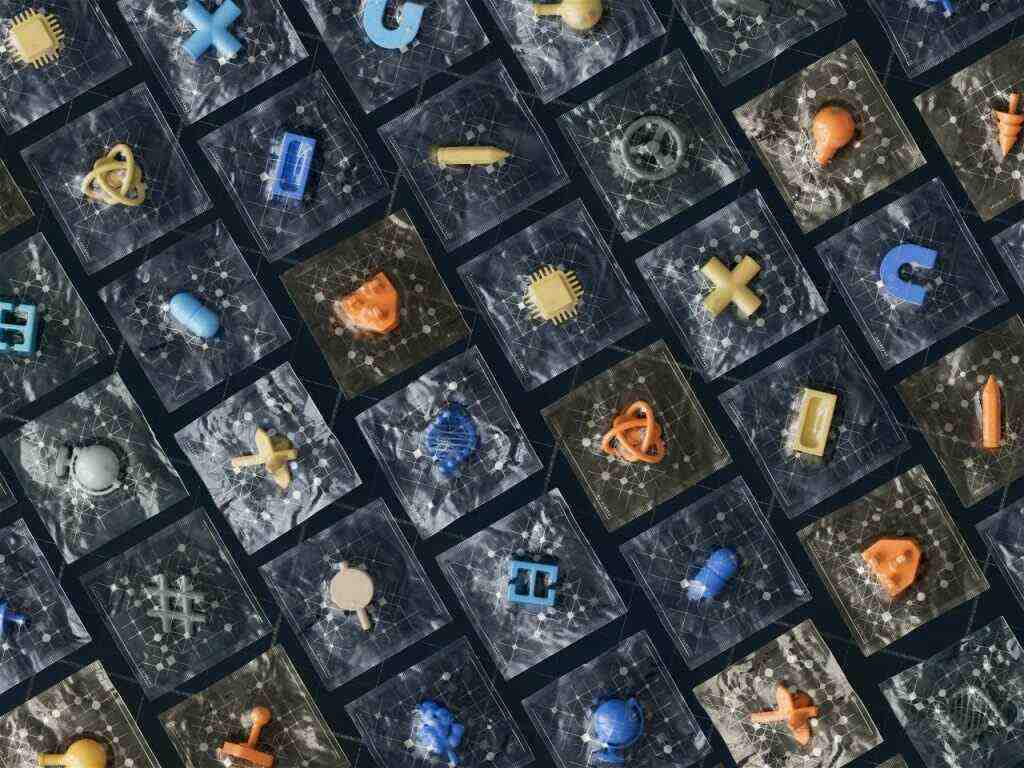Unveiling a New Battery Material Through the Fusion of Artificial Intelligence and Supercomputing
A Paradigm Shift in Materials Discovery
In the realm of scientific research, the pursuit of novel materials has traditionally been a meticulous process, heavily reliant on laboratory experimentation, intuitive insights, and a significant degree of trial and error. However, a groundbreaking discovery has emerged, showcasing the transformative potential of combining two computational powerhouses: artificial intelligence (AI) and supercomputing. This breakthrough has led to the identification of a promising new battery material, highlighting the potential for computer-aided materials discovery across diverse applications, ranging from batteries and carbon capture technologies to catalysts.
Harnessing Computational Power for Materials Screening
The study, published in a paper submitted to arXiv.org on January 8, 2024, represents a collaborative effort between researchers from Microsoft and Pacific Northwest National Laboratory (PNNL). The team employed AI algorithms to screen an extensive database of candidate materials, comprising over 32 million options. Through a series of computational filtering steps, they narrowed down the vast list to a select group of 23 promising materials. Subsequently, they embarked on the synthesis and testing of one of these materials, culminating in the creation of a functional battery prototype.
A Novel Approach to Solid Electrolyte Design
The research team focused their efforts on developing a solid electrolyte, a crucial component of batteries that facilitates the transfer of ions between electrodes. Conventional lithium-ion batteries utilize liquid electrolytes, posing potential safety hazards such as leakage and fire risks. The development of solid-state batteries with enhanced stability and safety is a primary objective for materials scientists.
AI-Driven Screening: A Rapid and Efficient Process
The initial pool of 32 million candidate materials was generated by systematically substituting different elements within the crystal structures of known materials. Traditionally, evaluating such a large number of options using physics-based calculations would have been a time-consuming endeavor, spanning decades. However, the researchers leveraged machine learning techniques, which can make rapid predictions based on patterns learned from existing materials. This approach enabled them to complete the calculations within a remarkably short timeframe of 80 hours.
Multi-Step Screening Process: Combining AI and Physics-Based Calculations
The researchers meticulously applied a multi-step screening process to identify the most promising candidates for solid electrolytes. Initially, they employed AI algorithms to filter materials based on stability, ensuring their viability in real-world applications. This step reduced the list to approximately 600,000 candidates. Subsequently, further AI analysis was conducted to select materials with suitable electrical and chemical properties for battery applications.
Recognizing the limitations of AI models, the researchers complemented the AI-based screening with well-established, computationally intensive physics-based methods. Additionally, they excluded materials that were rare, toxic, or prohibitively expensive. These rigorous filtering steps resulted in a final list of 23 candidate materials, five of which were already known.
Synthesis and Testing: From Theory to Reality
Among the remaining candidates, the researchers at PNNL selected a material that exhibited promising properties. It was related to other materials that the team had expertise in synthesizing, and it demonstrated suitable stability and conductivity. Embarking on the synthesis process, they eventually fashioned the material into a prototype battery. To their delight, the prototype functioned successfully.
An Unconventional Material with Unanticipated Benefits
The newly discovered electrolyte material shares similarities with a known material composed of lithium, yttrium, and chlorine. However, it distinguishes itself by incorporating sodium in place of some lithium atoms. This unconventional approach offers a significant advantage, as lithium is a costly and highly sought-after element.
The combination of lithium and sodium in the electrolyte material challenges conventional wisdom in battery design. Traditionally, researchers have opted for either lithium or sodium ions as conductors, avoiding their combination. The concern was that the two types of ions would compete with each other, resulting in diminished performance. However, the unorthodox material defies these expectations, highlighting the potential of AI to break free from conventional thinking and uncover unexpected opportunities.
Utilizing Graph Neural Networks for Material Property Prediction
To achieve accurate property predictions for the candidate materials, the researchers employed a type of AI architecture known as a graph neural network. This model represents a system as a graph, consisting of “edges” and “nodes.” The nodes represent atoms, while the edges represent bonds between the elements. This type of model is particularly well-suited for describing materials, enabling the researchers to make reliable predictions about their properties.
Azure Quantum Elements: A Powerful Computational Platform
The researchers performed both the AI and physics-based calculations on Microsoft’s Azure Quantum Elements platform. This cloud-based supercomputer is specifically designed for chemistry and materials science research, providing the necessary computational power to handle complex calculations efficiently.
A Paradigm Shift in Scientific Research: “Eating Your Own Dog Food”
The research project exemplifies a practice known as “eating your own dog food” in the tech industry. It involves using a company’s product to validate its effectiveness. In this case, Microsoft employed its Azure Quantum Elements platform to demonstrate its capabilities in materials discovery. The researchers hope that this successful application will encourage others to adopt the tool for various scientific endeavors.
AI-Driven Materials Discovery: A Broader Perspective
The study adds to a growing body of research exploring the potential of AI in materials discovery. In November 2023, researchers from Google DeepMind utilized graph neural networks to predict the existence of hundreds of thousands of stable materials, as reported in the December 7th issue of Nature. Additionally, in the same issue, a team led by Yan Zeng presented a laboratory operated by AI, designed to autonomously produce new materials.
Conclusion: A New Era of Materials Discovery
The successful identification of a novel battery material through the integration of AI and supercomputing marks a significant milestone in materials discovery. It underscores the transformative potential of computer-aided approaches in accelerating the development of advanced materials for a wide range of applications. As AI continues to evolve, we can anticipate further breakthroughs and innovations in this rapidly advancing field, leading to the creation of materials with tailored properties and unprecedented performance.
